Windows Terminal brings together all your command-line tools and shells—such as Command Prompt, PowerShell, Azure Cloud Shell, and WSL—into a single interface. It offers extensive customization options, including various launch modes like default windowed mode, maximized, full screen, focus, and maximized focus modes.
Enabling Focus mode hides the tabs and title bar, allowing you to focus solely on the terminal content. While activating Focus mode is straightforward, exiting or disabling it can be less intuitive. This guide will walk you through the steps to enable Focus mode and several methods to exit or disable it in Windows Terminal.
Enable Focus mode in Windows Terminal
To activate Focus mode in Windows Terminal:
- Open the Terminal settings by clicking the drop-down arrow next to the new tab button in the title bar and selecting Settings.
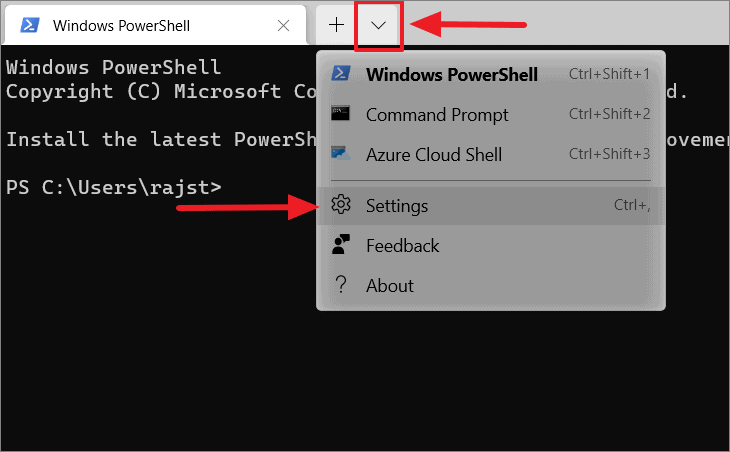
- In the Settings window, select Startup from the left pane.
- Under Launch mode, choose Focus from the dropdown menu.
- Click the Save button at the bottom right corner to apply the changes.
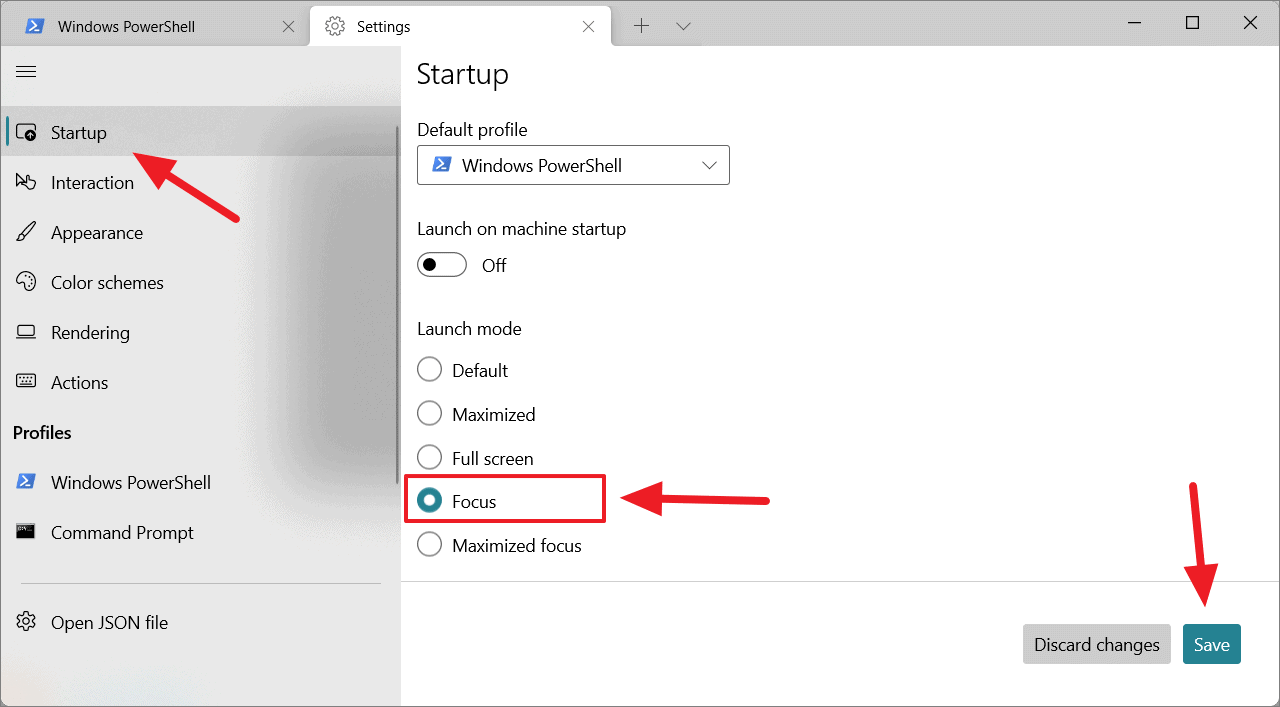
The next time you launch Windows Terminal, it will open in Focus mode, hiding the tabs and title bar as shown below.
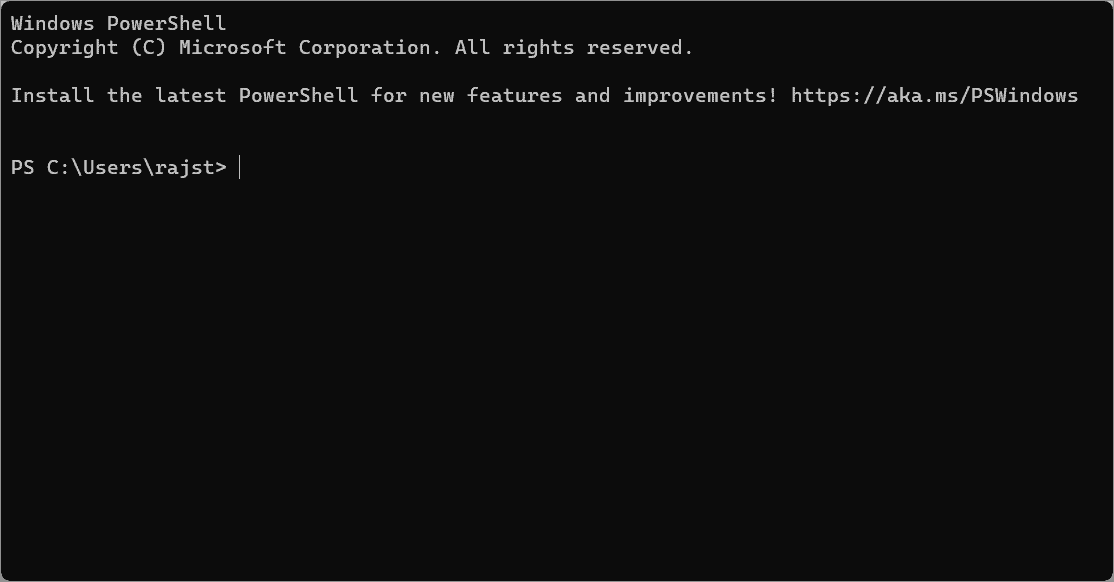
Exit or disable Focus mode in Windows Terminal
When Windows Terminal is in Focus mode, the tabs and title bar are hidden, making it seem challenging to access settings or exit this mode. However, there are several methods to disable or exit Focus mode using keyboard shortcuts.
Disable or exit Focus mode using Command Palette
The Command Palette provides quick access to various commands and actions in Windows Terminal, including toggling Focus mode.
- Press Ctrl + Shift + P to open the Command Palette.
- In the Command Palette, type focus mode in the search bar at the top.
- Select the Toggle focus mode command from the list to exit Focus mode.
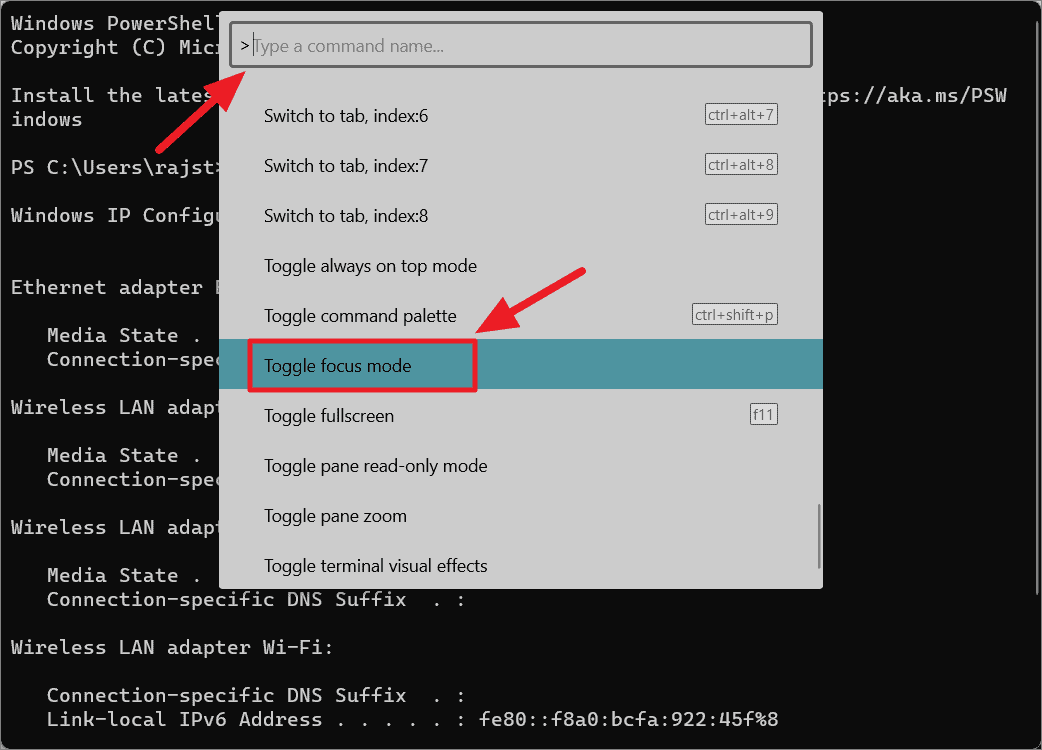
Windows Terminal will immediately display the tabs and title bar again. You can use this method to quickly enter or exit Focus mode without changing the settings.
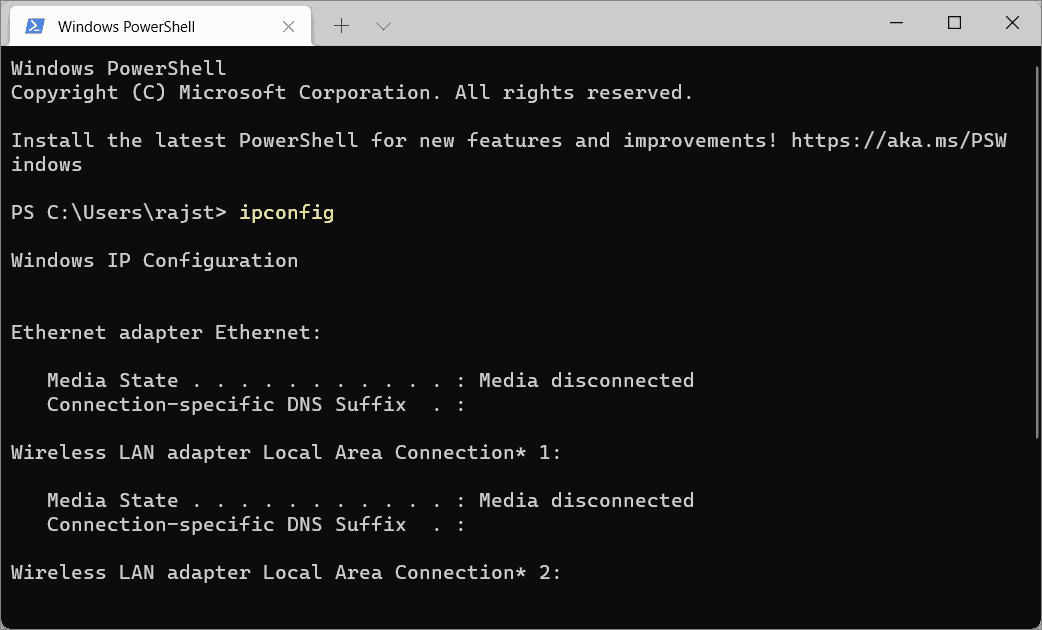
Note that this method only affects the current session. If you have set Focus mode as the default launch mode, the terminal will open in Focus mode the next time you launch it. To permanently disable Focus mode, you need to change the launch settings.
Disable Focus mode using Settings
You can disable Focus mode by modifying the launch settings in Windows Terminal. Since the menu bar is hidden in Focus mode, you'll need to access the settings using a keyboard shortcut.
- Press Ctrl + , to open the Settings window.
- In the Settings window, select Startup from the left pane.
- Under Launch mode, choose Default or Maximized from the dropdown menu to display the tabs and title bar when you launch Windows Terminal.
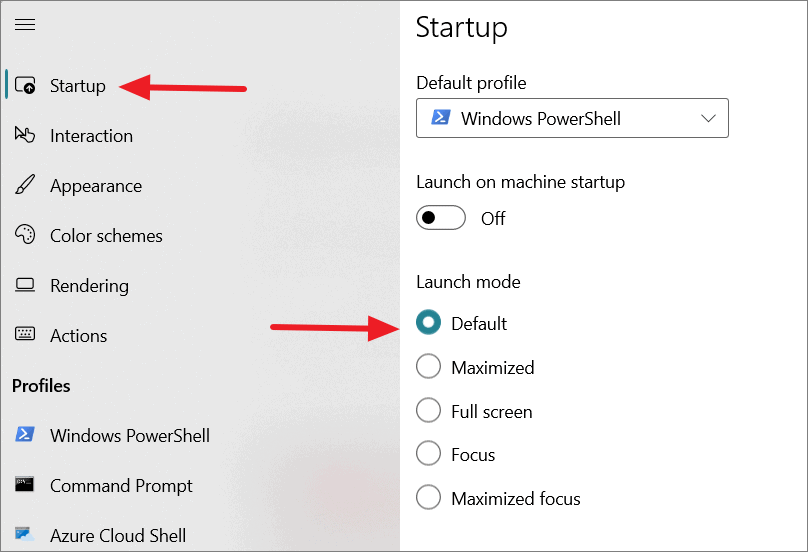
- Click the Save button at the bottom right corner to apply the changes.
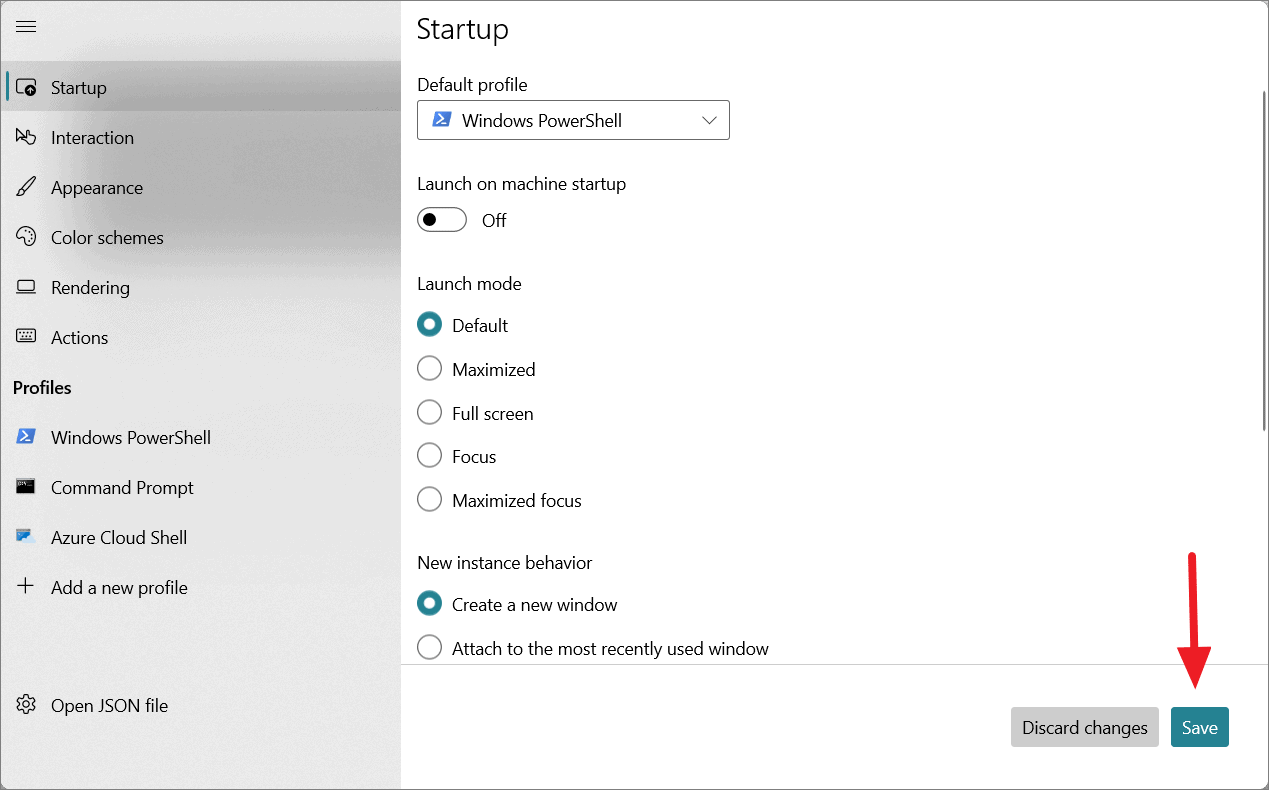
- Close Windows Terminal by clicking the close button on the taskbar or pressing Alt + F4, and then reopen it. Windows Terminal will now launch with the tabs and title bar visible.

Enter or exit Focus mode using hotkeys
You can also toggle Focus mode using custom hotkeys by adding a key binding in the settings.json file. This allows you to quickly enter or exit Focus mode with a simple shortcut.
- Press Ctrl + , to open the Settings window.
- At the bottom left corner, click on Open JSON file.

- When prompted, choose your preferred text editor (such as Notepad) and click OK.
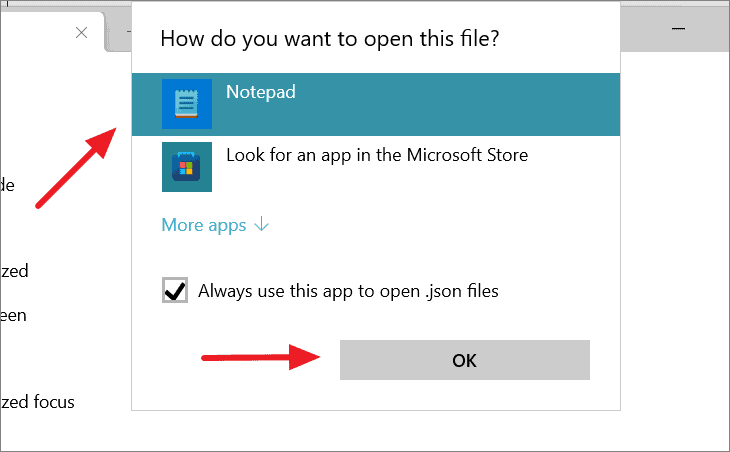
- In the
settings.jsonfile, locate the"actions"array. - Find the object containing
"command": "toggleFocusMode". If it doesn't exist, you can add it.
{
"command": "toggleFocusMode",
"keys": "Shift+F12"
},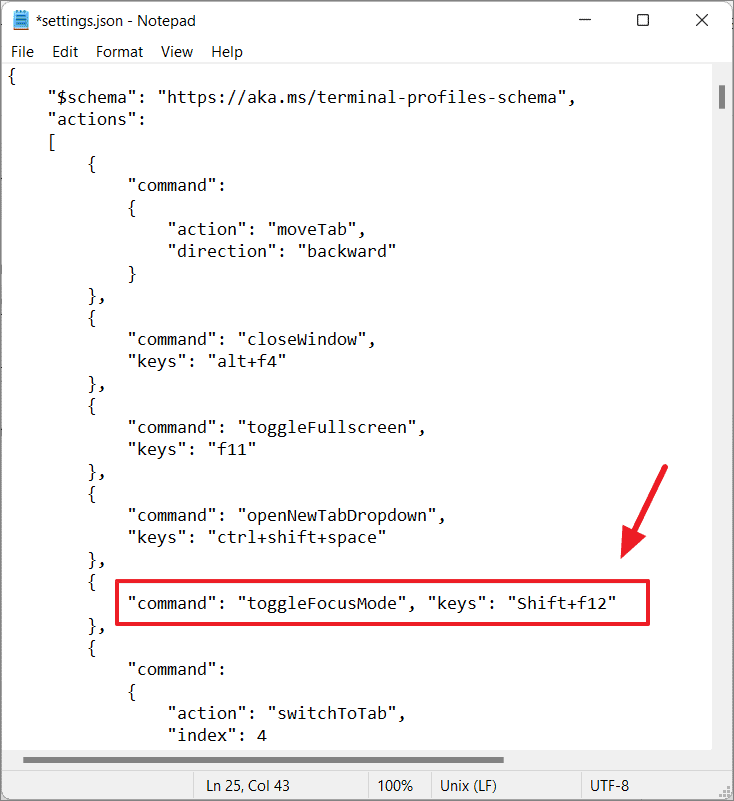
- Save the
settings.jsonfile by clicking File and selecting Save.
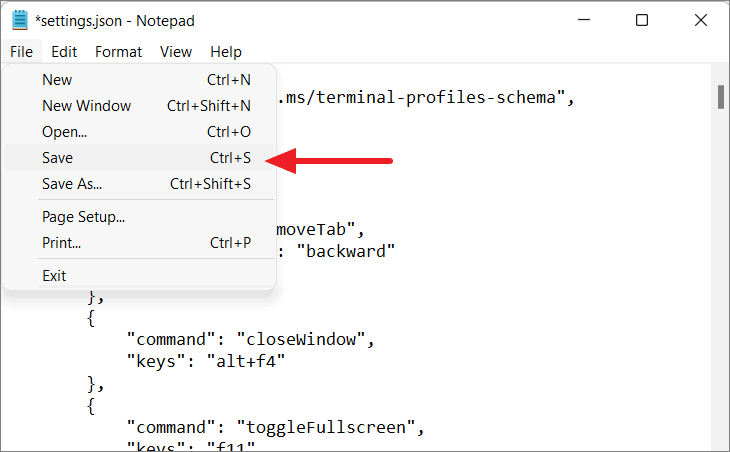
- Now, you can toggle Focus mode by pressing Shift + F12 at any time.
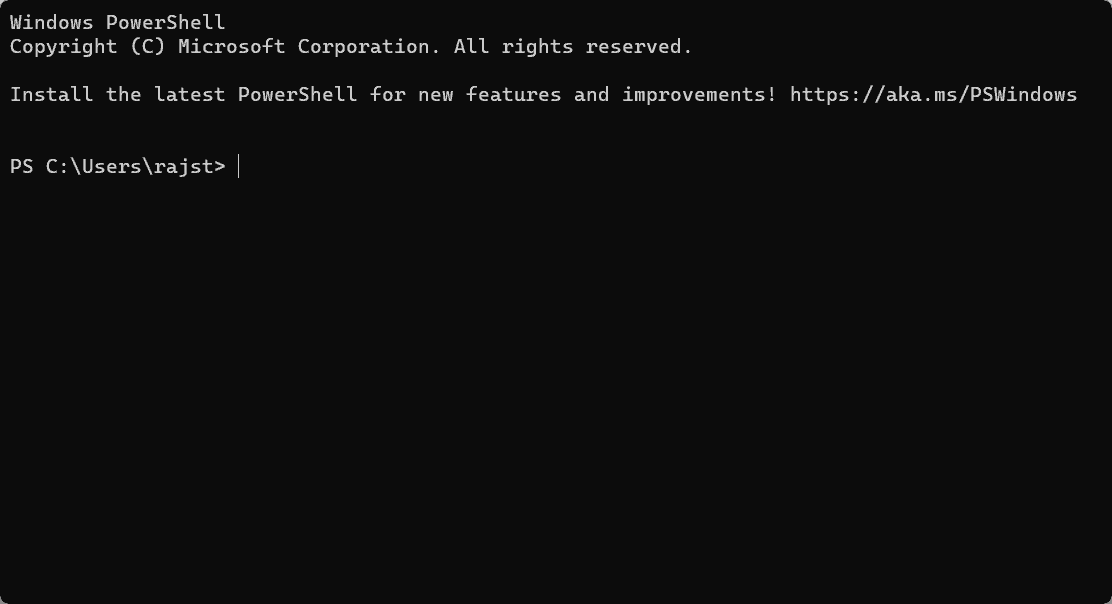
With these methods, you can easily enable or disable Focus mode in Windows Terminal according to your preferences.










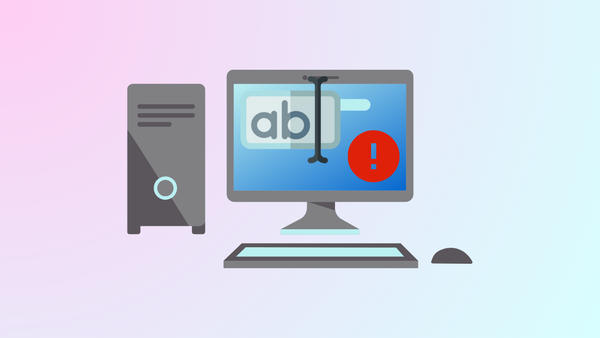
Member discussion